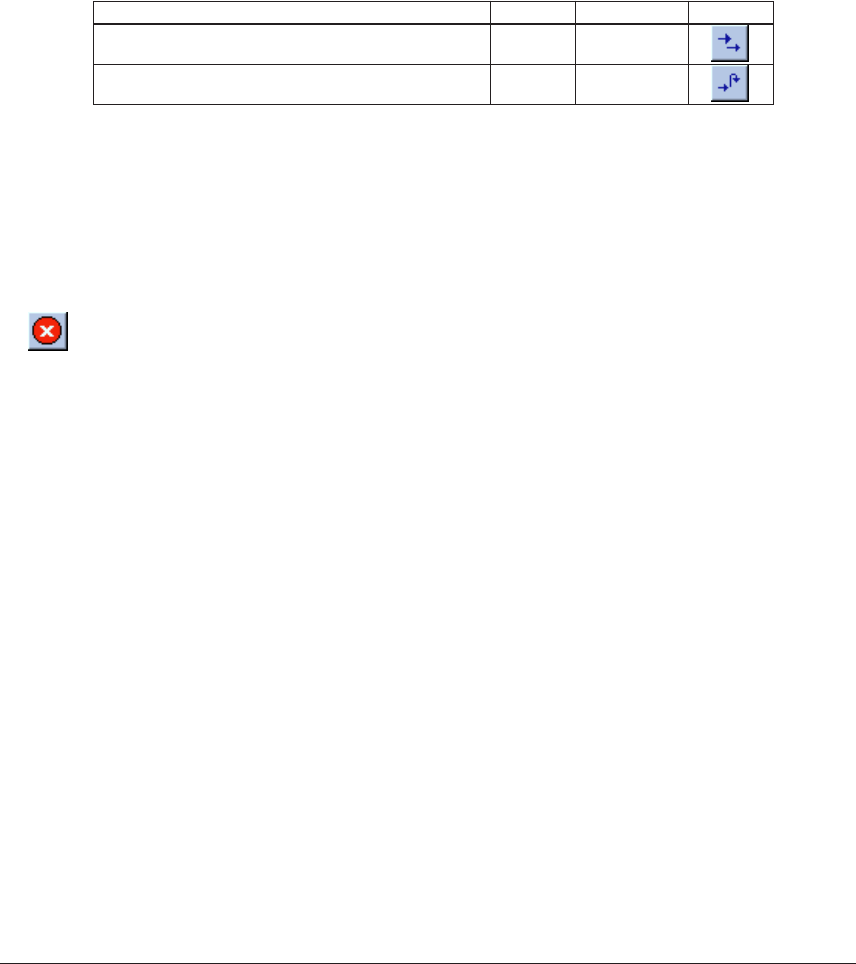
S5U1C62000A MANUAL EPSON 147
(S1C60/62 FAMILY ASSEMBLER PACKAGE)
CHAPTER 9: DEBUGGER
Single-stepping
(1) Types of single-stepping
There are two types of single-stepping available:
• Stepping through all instructions (STEP)
All instructions are executed one step at a time according to the PC, regardless of the type of
instruction.
• Stepping through instructions except subroutines (NEXT)
The call and calz instructions are executed under the assumption that one step constitutes the
range of statements until control is returned to the next step by a return instruction. Other instruc-
tions are executed in the same way as in ordinary single-stepping.
In either case, the program starts executing from the current PC.
Table 9.8.4.2 Commands/menu items/tool bar buttons for single-stepping
Function Command Menu Button
Stepping through all instructions s [Run | Step]
Stepping through all instructions except subroutines n [Run | Next]
When executing single-stepping by command input, the number of steps to be executed can be
specified, up to 65,535 steps. When using menu commands or tool bar buttons, the program is ex-
ecuted one step at a time. One step execution can also be performed by pressing the [Enter] key only.
In the following cases, single-stepping is terminated before a specified number of steps is executed:
• The [Key Break] button is clicked or the [Esc] key is pressed.
• The [Break] or [Reset] switch on the ICE is pushed.
Single-stepping is not suspended by breaks set by the user such as a PC break or data break.
[Key Break] button ∗ When the program does not stop, use this button to forcibly stop it.
(2) Display during single-stepping
In the initial debugger settings, the display is updated every step as follows:
When the [Source] window is open, the highlighted line designating the next address to be executed
moves every step as the program is stepped through. The display contents of the [Register] window
are also updated every step. If the [Register] window is closed, its contents are displayed in the
[Command] window. The display of the [Data] window is updated after the specified number of step
executions are completed.
Resetting the CPU
The CPU is reset when the gr command is executed, or by executing the rst command.
When the CPU is reset, the internal circuits are initialized as follows:
(1) Internal registers of the CPU
PC = 0x0100
Other registers = not initialized
(2) The [Source] and [Register] windows are redisplayed.
Because the PC is set to 0x0100, the [Source] window is redisplayed beginning with that address.
The PC value in the [Register] window is redisplayed.
The data memory contents are not modified.


















